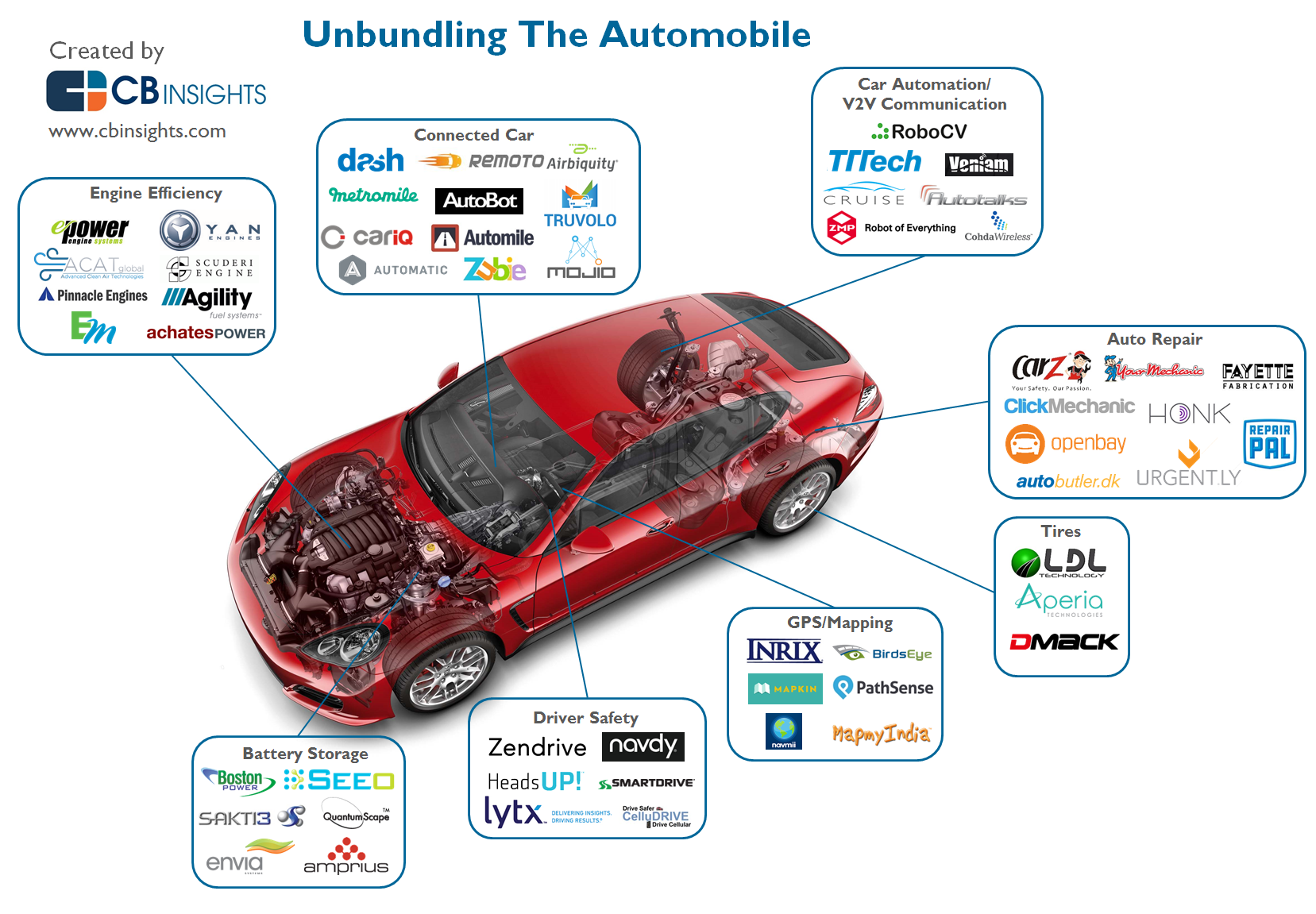Checking Out Brake Solutions: Usual Troubles And Practical Solutions For Repair Work
Checking Out Brake Solutions: Usual Troubles And Practical Solutions For Repair Work
Blog Article
Team Author-Maddox Dean
When it pertains to your lorry's brake system, comprehending common issues can conserve you from potential safety hazards. From determining brake pad wear to dealing with brake liquid leakages, understanding just how to take on these issues is essential. But what about those mushy brake pedals? There's https://brakerepairnearme17384.tkzblog.com/31068275/find-out-how-to-lessen-the-environmental-effect-and-enhance-sustainability-in-your-auto-service-center-by-leveraging-environmentally-friendly-strategies-explore-the-details-in-this-enlightening-write-up for that too. Stay tuned to learn car ac repair costs about these issues and the practical remedies that can maintain you safely when traveling.
Brake Pad Use and Replacement
When it pertains to maintaining your car's brake system, one essential aspect to keep an eye on is the wear and substitute of brake pads. https://www.kob.com/new-mexico/multiple-auto-repair-shops-hit-by-recent-burglary-spree/ are essential parts that push against the brake rotors to decrease or quit your car. In time, these pads wear down because of rubbing, calling for normal inspection and substitute to ensure your brakes function effectively.
To identify if your brake pads require substitute, listen for shrilling or grinding noises when you use the brakes. In addition, if your car takes longer to quit or you observe vibrations or pulsations when stopping, it may be time to replace the brake pads.
Overlooking used brake pads can lead to lowered braking performance, damage to other brake parts, or even brake failing.
Replacing brake pads is a fairly straightforward procedure for lots of vehicles. Nonetheless, if you're unclear or uncomfortable performing this job, it's finest to get in touch with a professional auto mechanic to make sure appropriate installation and optimum brake performance.
On a regular basis checking and changing brake pads is important for your safety and the longevity of your car's stopping system.
Brake Liquid Leaks and Upkeep
To ensure your vehicle's brake system works efficiently, it is essential to also take notice of brake liquid leaks and upkeep. Brake fluid is critical for transferring the force from your foot on the brake pedal to the actual stopping system. One usual issue with brake liquid is leaks, which can happen due to tatty brake lines, seals, or connections. If you observe a puddle or drips under your auto, it's important to address the leak quickly to stop a possible brake failure.
Frequently examining your brake liquid degree is essential to keeping your brake system. Low brake liquid can bring about air going into the brake lines, which endangers stopping efficiency.
In addition, old or contaminated brake fluid can influence the total effectiveness of your brakes. It's suggested to follow the supplier's guidelines on when to change the brake fluid, typically every 2 years.
Spongy Brake Pedal: Blood Loss Brakes
If you've ever experienced a spongy brake pedal while driving, you understand the value of maintaining a firm and responsive braking system. One usual source of a squishy brake pedal is air entraped in the brake lines. When air gets in the brake system, it can lead to a loss of hydraulic pressure, resulting in that disturbing squishy sensation when you push the brake pedal.
To settle this problem, hemorrhaging the brakes is needed. Bleeding the brakes includes removing the air from the brake lines to bring back correct hydraulic stress.
To bleed the brakes, you'll require a helper to assist you. Beginning by situating the brake bleeder valve on each wheel, usually located near the brake caliper. With a wrench, loosen the shutoff and have your assistant press the brake pedal while you observe any type of air bubbles coming out. Repeat this process for every wheel, beginning with the wheel farthest from the master cyndrical tube and moving closer.
As soon as you no more see air bubbles and just clear liquid emerges, tighten the valve and top up the brake liquid storage tank as required. Bleeding the brakes assists make certain a firm brake pedal and improves overall braking performance.
Verdict
Now that you recognize typical brake concerns and just how to repair them, you can ensure your car's safety and security and performance. Keep in mind to pay attention for warning signs like screeching sounds or squishy brake pedals, and resolve them without delay. Routine maintenance and prompt substitutes are crucial to maintaining your brakes in top condition. Stay aggressive and conscientious to your brake system to delight in secure and dependable driving experiences.
